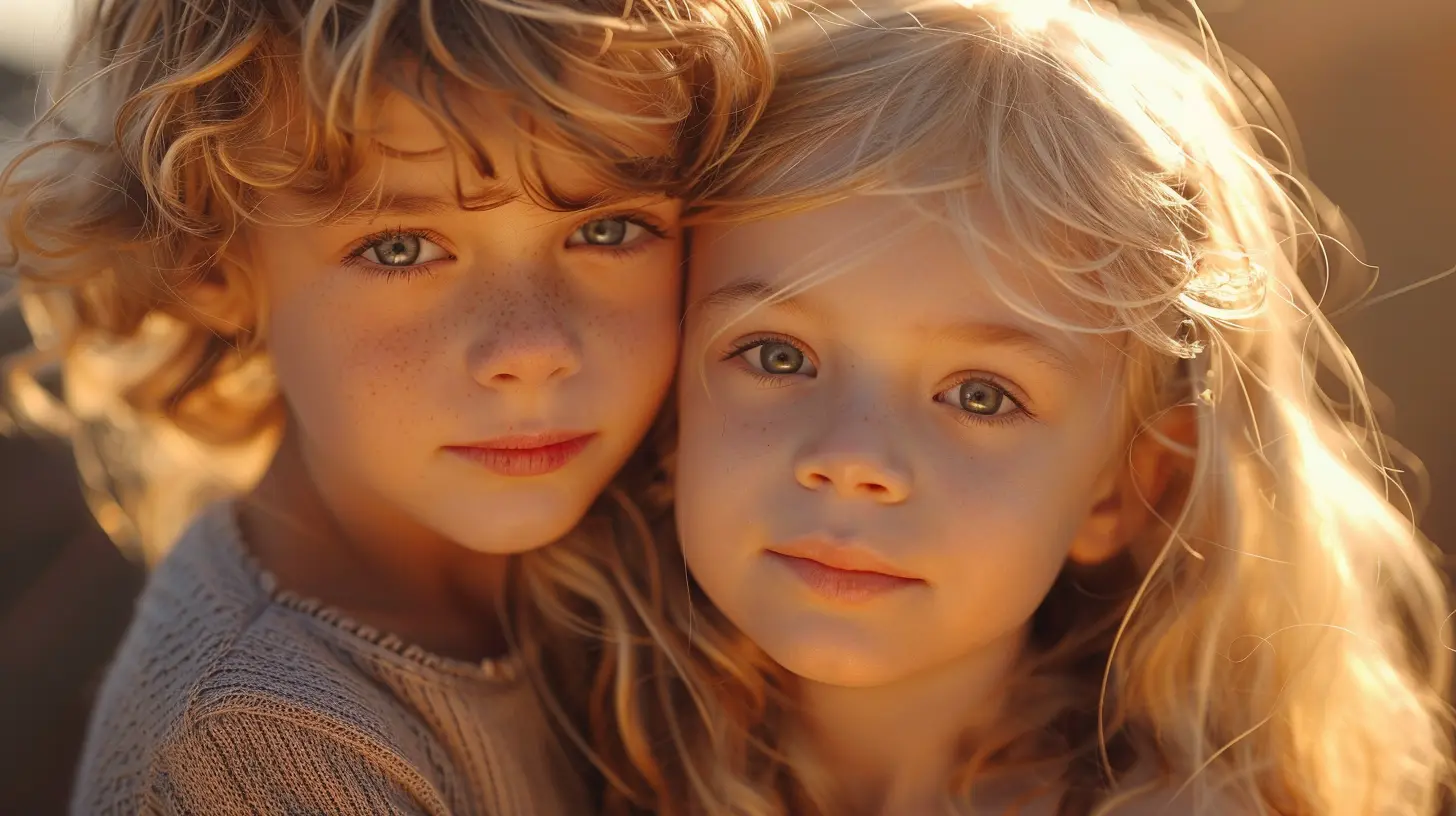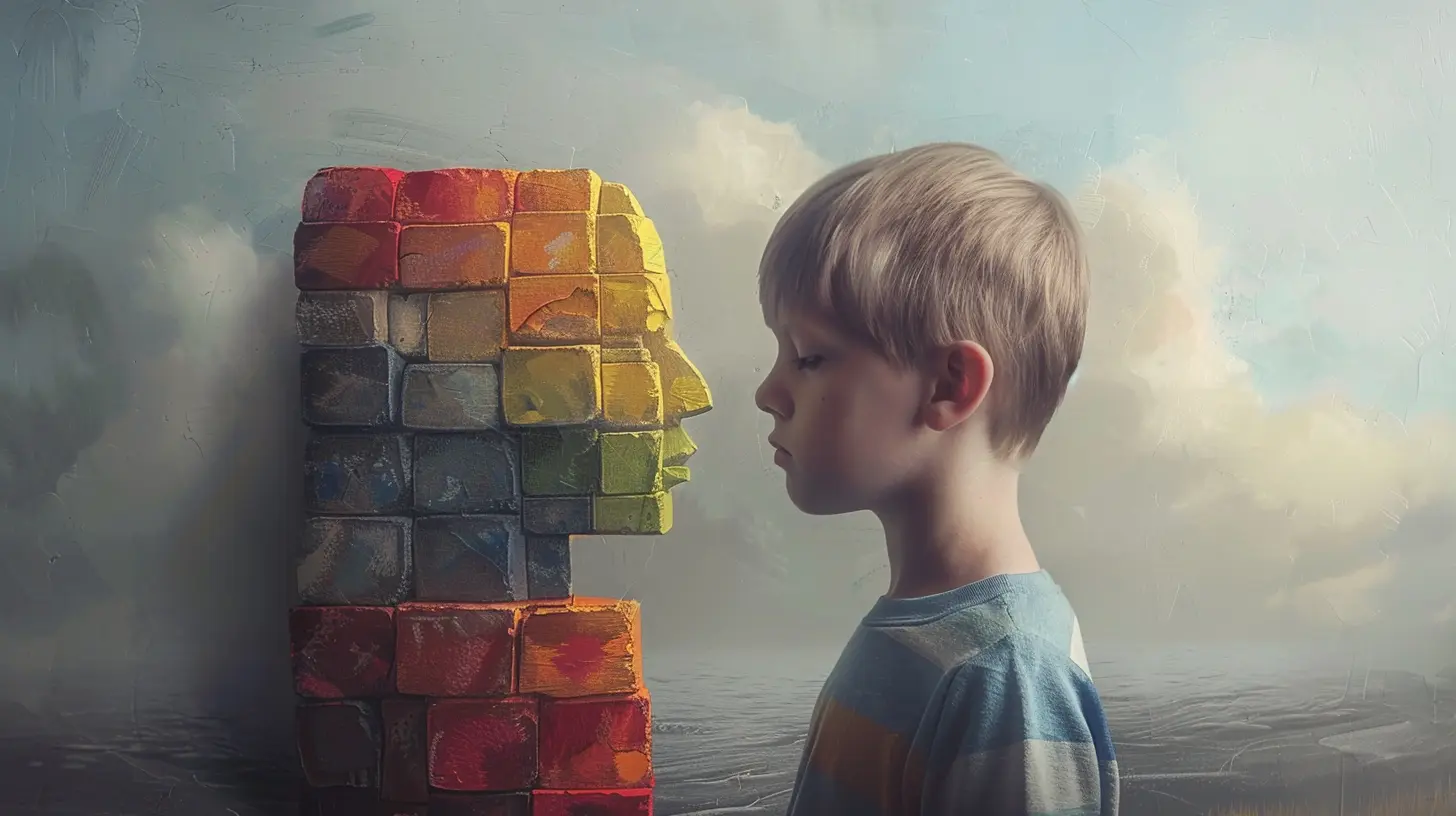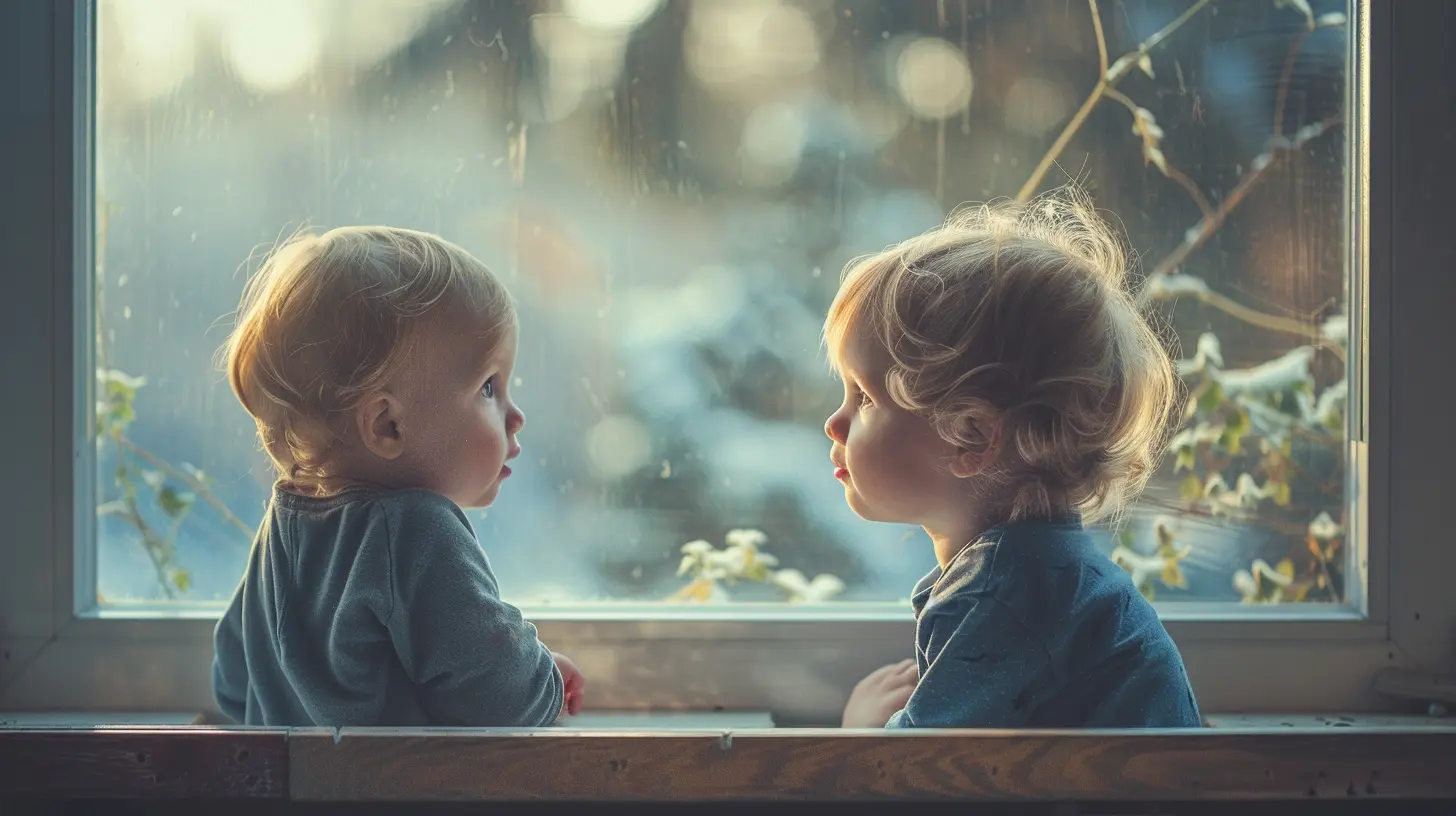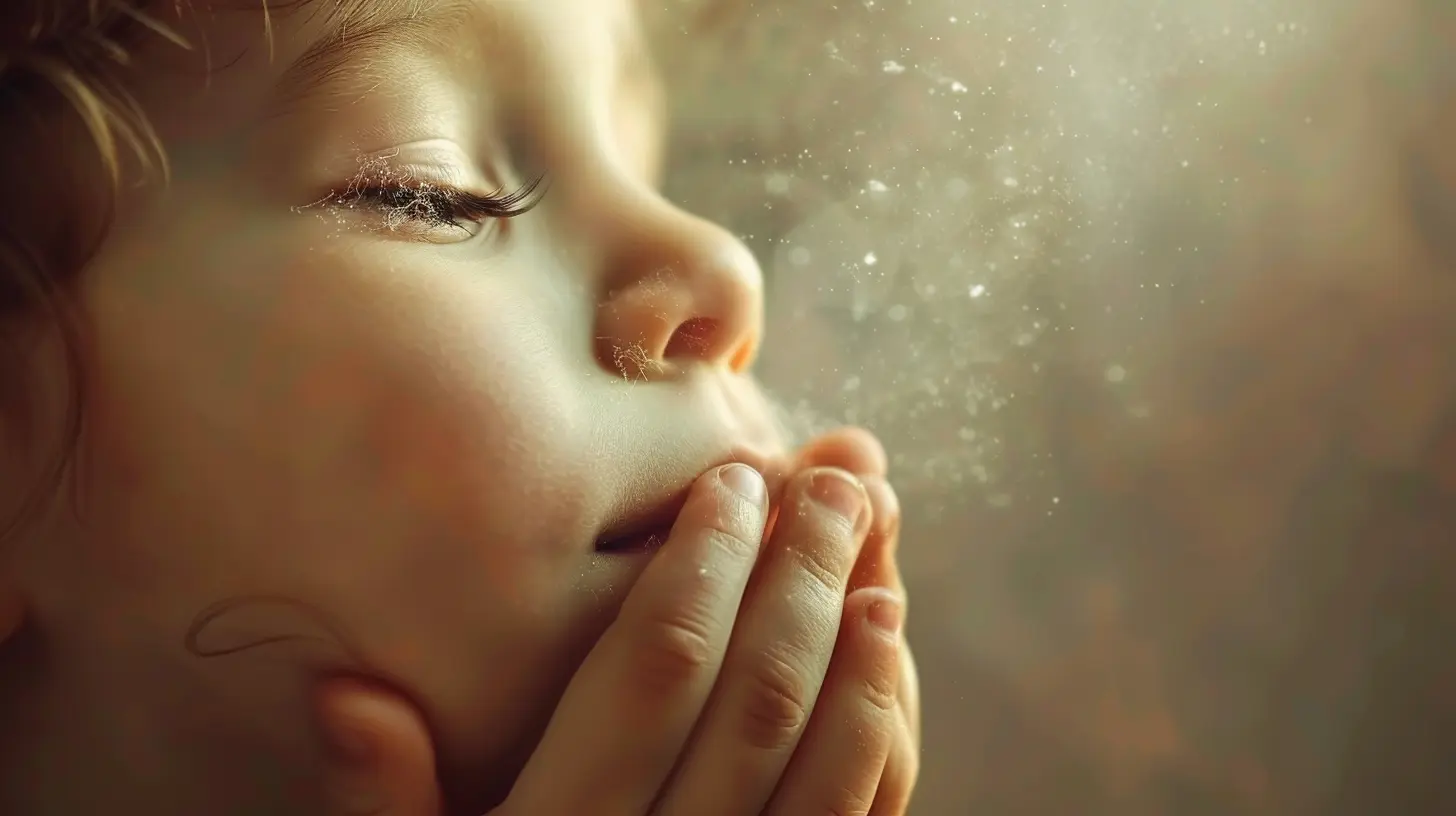Understanding Attachment Theory in Childhood
22 July 2025
Ever wonder why some kids cling to their parents like Velcro while others seem totally chill exploring the world on their own? Or why your own relationships as an adult feel a certain way—secure, needy, distant, or even chaotic? Well, you’re not alone. There's a psychological framework that helps make sense of all this, and it’s called attachment theory.
Let’s take a deep dive into what attachment theory really means, especially in childhood, and why it matters more than you might think. Whether you're a parent, a teacher, or just curious about your own roots, this journey into the emotional blueprint of our early years offers powerful insights.
What Is Attachment Theory?
Attachment theory isn’t just another psychology buzzword. It was originally developed by British psychologist John Bowlby in the late 1950s. The core idea is simple, yet profound: the early bonds we form with our caregivers shape how we connect with others throughout our lives.Think of it like the emotional Wi-Fi signal kids need to feel safe and understood. When that connection is strong, they can explore the world with confidence. When it’s weak or unreliable, they’re stuck buffering, unsure of their place in the world.
Why Childhood Attachments Matter
Let’s be real—childhood is a wild ride. One minute you're learning your ABCs, the next you're dealing with playground politics. In the midst of all this, the relationships children form with their primary caregivers (usually parents) become their emotional anchor.These early attachments create an internal compass that guides how they view themselves and others. Are people trustworthy? Can I count on someone when I’m scared or sad? Am I worthy of love? These are the silent questions every child is trying to answer.
When those questions get answered positively, kids are more likely to grow up with a healthy sense of self and balanced relationships. When the answers are shaky or inconsistent, well, that’s where things get tricky.
The Four Main Attachment Styles in Childhood
Now here's where it gets super interesting. Psychologists have identified four primary attachment styles in children. Each one paints a different picture of how kids engage with their caregivers—and later, with the world.1. Secure Attachment
This is the gold standard. Kids with secure attachment feel safe, seen, and soothed. They know their caregiver will be there when they need them.🧸 Example: Imagine a toddler who happily plays with toys while mom is nearby. When she steps away, the toddler cries but calms down when she returns. That’s a secure attachment in action.
These children tend to grow up more confident, empathetic, and capable of forming healthy relationships. Basically, they’re emotionally well-fed.
2. Insecure-Avoidant Attachment
Children with this style often seem overly independent. They’ve learned that showing emotions doesn’t get them the comfort they crave, so they stop trying.🧸 Example: A child who doesn’t seem to care when a parent leaves or returns might be avoidantly attached. But under that cool exterior? There’s often hidden anxiety.
These kids may grow into adults who struggle with emotional intimacy or seem emotionally distant.
3. Insecure-Ambivalent (or Anxious) Attachment
These kiddos are stuck on an emotional rollercoaster. They crave closeness but fear abandonment. Their reactions can seem dramatic or clingy.🧸 Example: A child who is inconsolable when a parent leaves and struggles to calm down even after the parent comes back is likely showing signs of ambivalent attachment.
As adults, they may become overly dependent in relationships or constantly worry about being left.
4. Disorganized Attachment
This style is the most complex and often the result of trauma, neglect, or abuse. Children with disorganized attachment behaviors may seem confused or fearful around caregivers.🧸 Example: A child who runs toward a parent but then freezes or turns away might be displaying disorganized behavior. It’s like their brain is sending mixed signals: “I need you, but I’m scared of you.”
This kind of attachment can lead to serious emotional and relational issues later on if not addressed.
What Shapes a Child’s Attachment Style?
Here's the kicker: Attachment style isn’t about being a perfect parent. It’s about being a "good enough" one. It’s about showing up consistently, responding to a child’s needs, and being emotionally tuned in.Several factors influence a child’s attachment style:
- Parental responsiveness: Does the caregiver notice and respond to the child's needs?
- Emotional warmth: Is the child met with affection and empathy?
- Consistency: Are boundaries and routines predictable?
- Stress in the environment: Are there issues like poverty, illness, or family conflict?
- Parental history: Was the parent securely attached in their own childhood?
Attachment isn’t written in stone, either. It can evolve over time, especially with support, therapy, and healthy relationships.
The Role of the Primary Caregiver
The concept of the "attachment figure" is central here. This is the person the child looks to for comfort and security. Often, it's the mother, but it could also be a father, grandparent, or anyone who takes on that consistent caregiver role.Just like a plant leans toward sunlight, a child leans toward their attachment figure for emotional nourishment. When that figure is supportive and safe, the child grows in a healthy direction. When that figure is absent, unpredictable, or harmful, the child’s growth can get stunted or twisted.
So, if you're a caregiver, know this: You’re the home base from which your child explores the world. And that’s a powerful role to step into.
How Attachment Affects Later Life
Here’s where things get really fascinating—and a little spooky. Your early attachment style often sets the tone for your adult relationships. Are you anxious when someone doesn’t text back? Do you avoid commitment? Do you feel secure in your romantic relationships? These patterns often trace back to your childhood.💡 Fun Fact: Adults carry these attachment patterns into friendships, romantic relationships, and even the workplace. Your inner child really does have a long shadow.
Whether you’re the always-available friend, the ghoster, or the emotional rock of your group—chances are, your attachment roots run deep.
Can Attachment Styles Change?
Absolutely. While early experiences are influential, they’re not destiny. People grow, heal, and evolve. That’s the beauty of being human.Therapy, self-awareness, healthy relationships, and even parenting your own children can all spark changes in your attachment style. If someone’s been securely attached to you, that can begin to rewire how you relate to others.
It’s like upgrading your operating system—slow and sometimes glitchy, but totally possible.
Building Secure Attachment in Kids: What You Can Do
Whether you're a parent, teacher, or caregiver, you can help foster secure attachments in the children around you. Here’s how:- 🧠 Be present: Put down the phone, make eye contact, and really listen.
- 👂 Respond consistently: If a child is hurt or upset, comfort them predictably.
- 💬 Use words to name feelings: Help kids understand what they’re feeling and that it’s okay.
- ⏳ Be patient with clinginess: It’s a phase, not a flaw.
- 💤 Establish routines: Predictability = safety for young minds.
- ❤️ Offer unconditional love: Make sure they know they’re loved, even when they mess up.
You don’t have to be perfect. In fact, research shows kids benefit most from caregivers who are "good enough"—present, responsive, and human.
Final Thoughts: Little Hearts, Big Impact
Understanding attachment theory in childhood is like finding the emotional blueprint behind who we become. It's not just academic—it’s deeply personal and profoundly human.Whether you’re working on your own healing, trying to be the best parent you can be, or simply curious about what makes people tick, attachment theory is a game-changer. It reminds us that love, presence, and connection—especially in those early years—can shape a life.
Remember: It's never too late to rewrite your story or become a safe space for someone else. Because at the end of the day, we all just want to feel safe, seen, and loved.
all images in this post were generated using AI tools
Category:
Child DevelopmentAuthor:

Alexandra Butler
Discussion
rate this article
2 comments
Zayla Jacobs
Thank you for shedding light on attachment theory in childhood. Understanding these foundational relationships helps us appreciate the complexities of emotional development. It's inspiring to see how awareness can foster healthier connections and support both children and caregivers in nurturing secure attachments.
November 30, 2025 at 4:38 PM
Molly Thomas
Attachment theory offers valuable insights into childhood development. By recognizing the importance of secure attachments, caregivers can foster healthier emotional and social skills, ultimately paving the way for stronger relationships and resilience in their children.
August 5, 2025 at 2:52 AM

Alexandra Butler
Thank you for your insightful comment! I completely agree that secure attachments are crucial for fostering emotional and social development in children.


